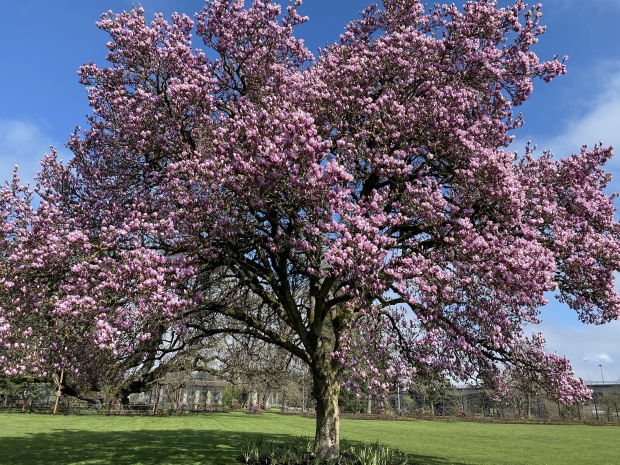Tests done on the International Space Station showed magnolia wood was very stable and challenging - and "when it goes up in flames as it comes back into the atmosphere after finishing its job, it will only make a fine spray of biodegradable ash."
The LignoSat probe has been built by Baffins at Kyoto University and the logging firm Sumitomo Forestry to see if they can use wood as a green alternative to the metals that all satellites are made of now.
"All the satellites that come back into the Earth's atmosphere burn and make tiny alumina bits, which will hang around in the upper atmosphere for years," Takao Doi, a Japanese spaceman and engineer with Kyoto University, warned recently. "Eventually, it will mess up the environment of the Earth."
To sort out the problem, Kyoto boffins started a project to check out different kinds of wood to see how well they could cope with the hardships of space launches and long trips in orbit around the Earth.
Project boss Koji Murata said the first tests were done in labs that copied conditions in space, and wood samples were found to have no changes in weight or signs of rotting or damage. "Wood's ability to cope with these conditions amazed us. After these tests, samples were sent to the ISS, where they were left out for nearly a year before being brought back to Earth."
Again, they showed little signs of damage, something that Murata put down to the fact that there is no oxygen in space, which could make wood burn, and no living things to make it rot.
The article says that if it does well in space, "then the door could be opened for using wood as a building material for more satellites.
Oddly, we thought the Japanese would have made the first satellite from folded paper.

